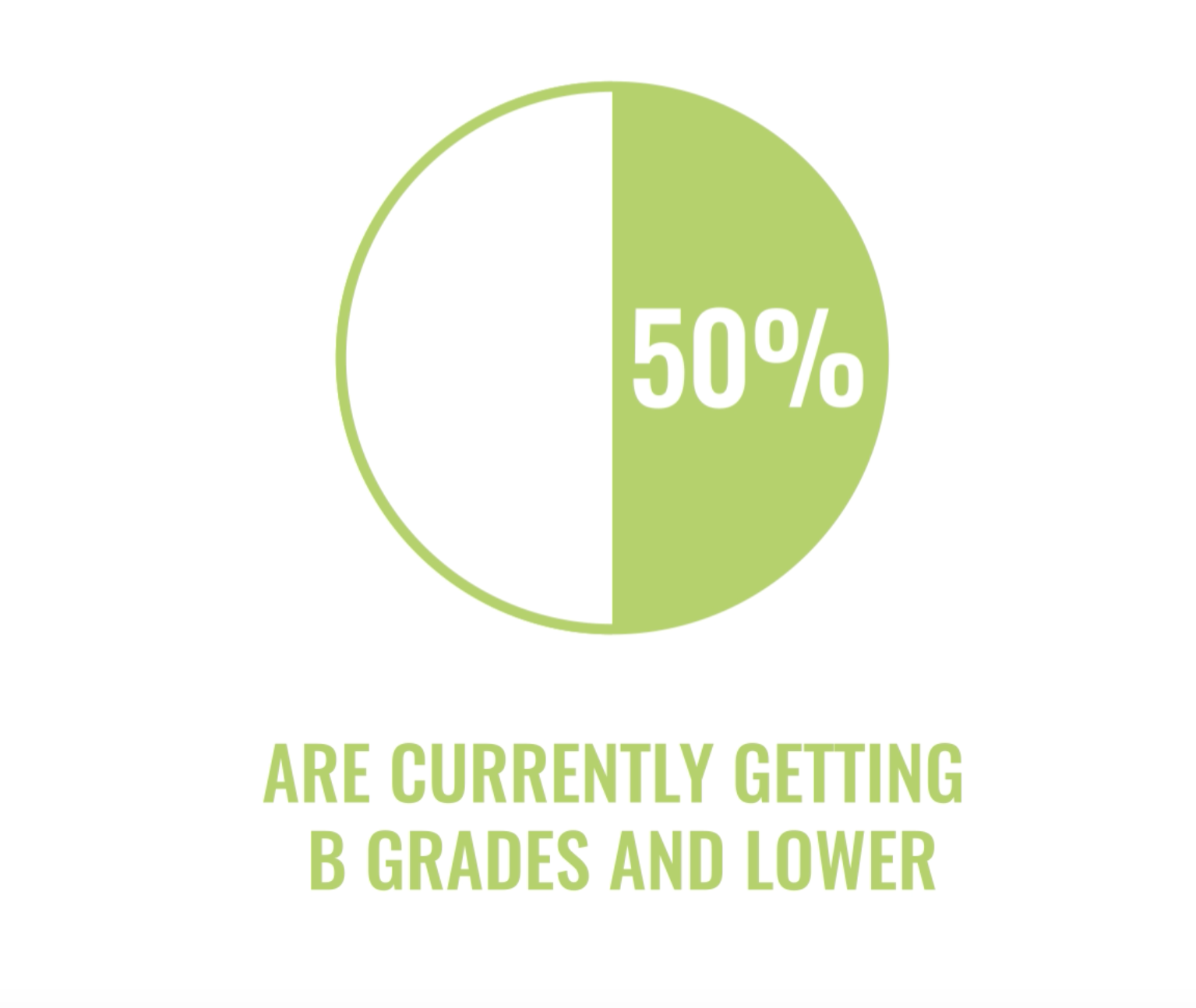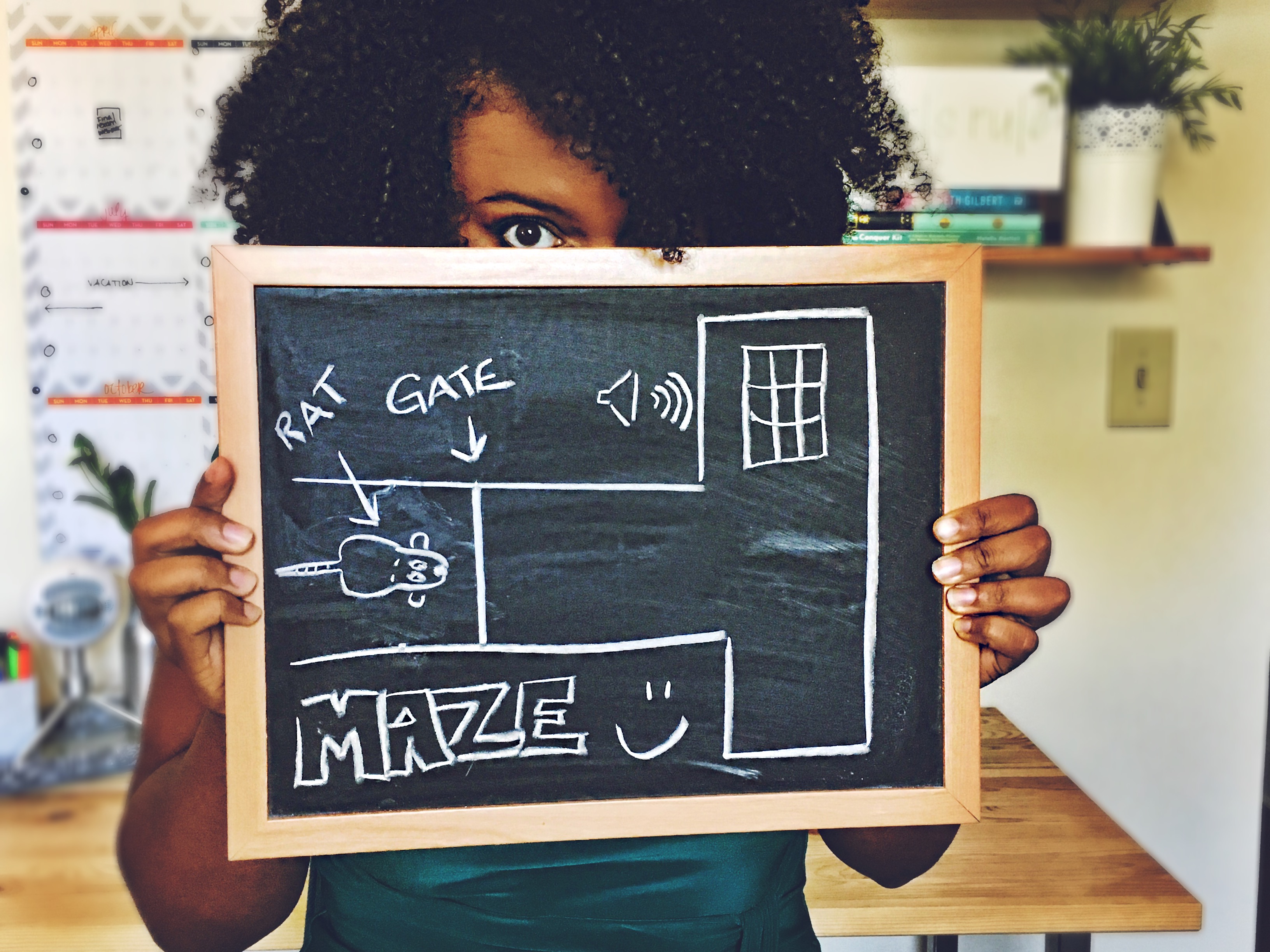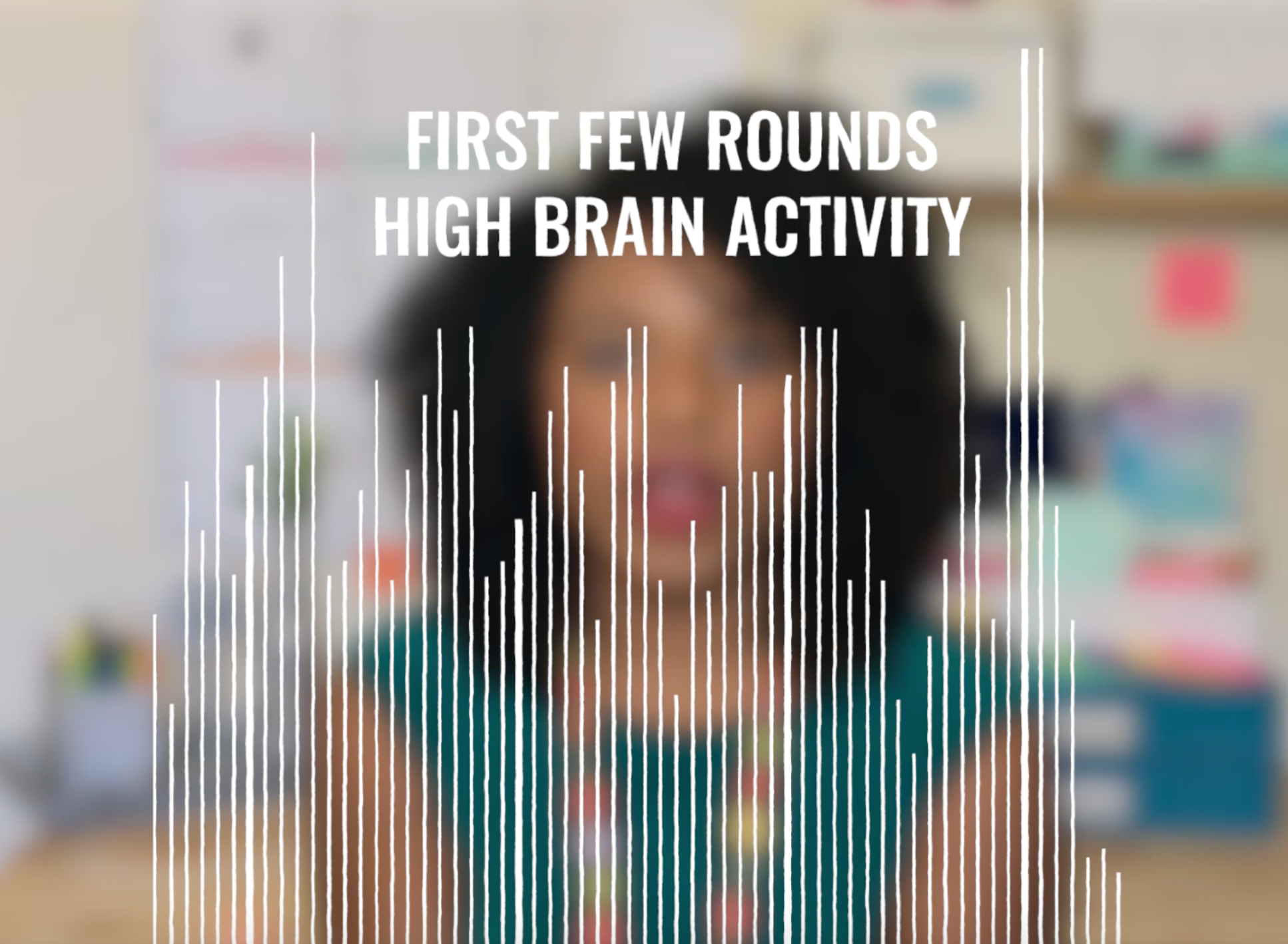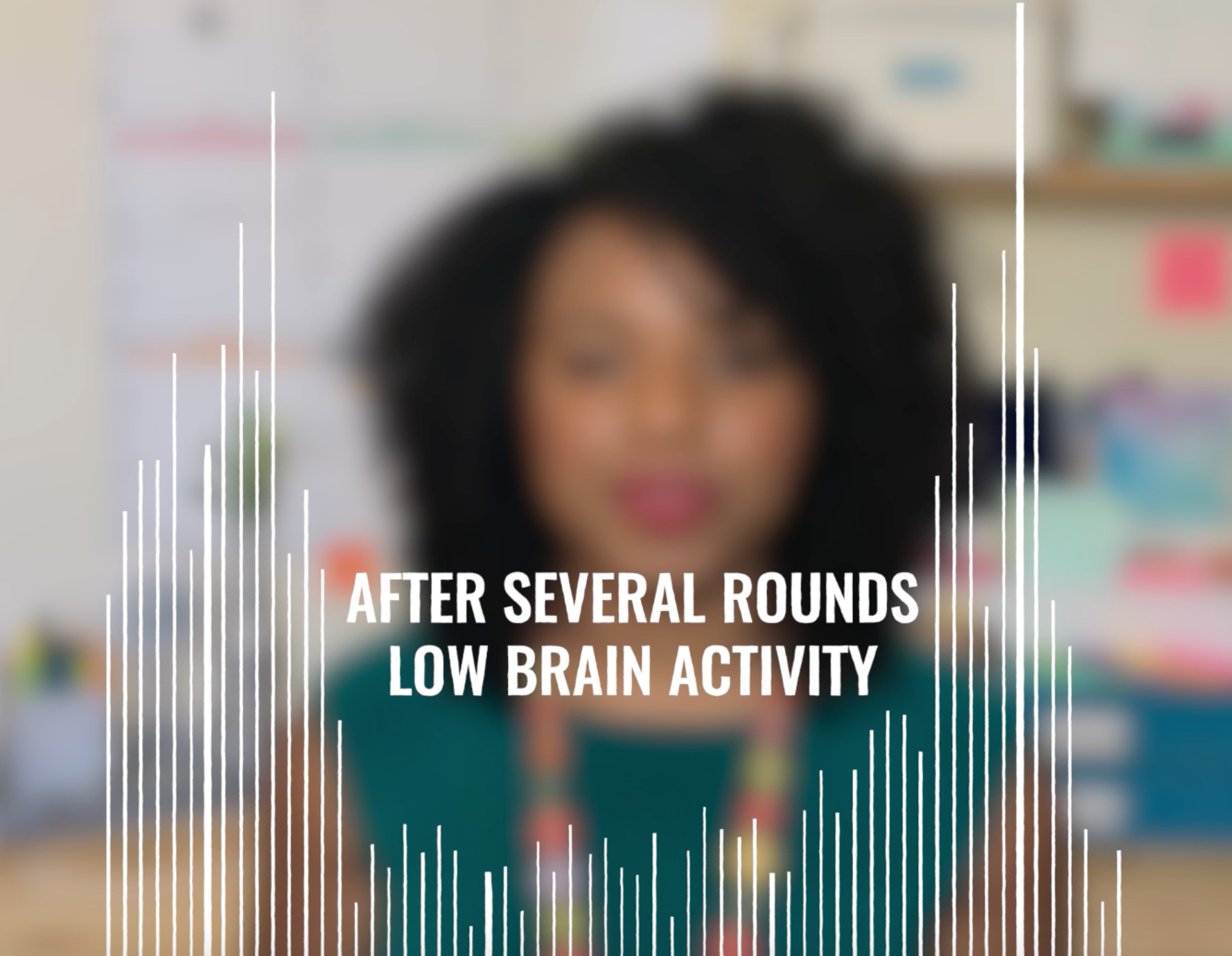Do you ever wonder why your current study routine isn’t working? It might be because you didn’t build the right kind of study routine. It’s not enough to search youtube or your favorite study blog and randomly (one time) give the study skills you learned a try. A well-built study routine should create consistent results in the form of a B+ or A.
It’s not enough to search youtube or your favorite study blog and randomly (one time) give the study skills you learned a try. A well-built study routine should create consistent results in the form of a B+ or A.
Recently I received an enormous amount of feedback on a survey I did with college girls like you, asking where you currently stand with your study skills.

Over 60% stated you’ve randomly tried many of the suggested study skills but wanted to be more consistent and have a study routine you can use over and over.
The interesting thing is, many of you said you wanted this so that you can consistently get A’s.

But 50% of you are currently getting B-s and much lower.
Based on your responses I can tell you have some big goals, but you’re lacking something very important and that is a consistent study routine that will help you achieve those grades.
This first video is going to shed light on why your current study routine isn’t working and give you the framework for creating a study routine that actually works.
To begin this topic I think it’s important that we address two questions:
#1 What is a study routine?
#2 What is the purpose of a study routine?
Let’s start more general first though. A routine is a sequence of activities or actions that are performed regularly.
A study routine would be a sequence of learning activities or learning-actions that you would perform regularly throughout the semester.
Now the purpose of a routine is fundamentally physiological. It’s the way our brain helps itself become more efficient. It’s how it preserve its energy. It does this by creating routines so that it doesn’t have to think about every tiny, insignificant action we have to take each day. This frees up room to make big life-saving and life-changing decisions.
This concept was proven in a study done by Ann Graybiel at MIT. She hooked electrical wires to the inside of rats’ brains and placed them in a T-shaped maze with a chocolate reward at one of the ends.

At first, when the rats were placed in the maze they were just snooping around with no direction. Eventually, during their snooping they would stumble upon the chocolate.
What was truly amazing was what was happening in the rat’s brains as they first experienced the maze. As the rats were learning and taking in new information about the maze, their brain activity went into overload.

Later in the study the researchers introduced a set of patterns or cues that would let the rat know where the chocolate was going to be in the maze. As the rats became familiar with the set of steps: Get placed in the maze, wait for door to go up, listen for music and then run to chocolate, their brain activity decreased.

Why did this happen? Well, the researchers concluded that it was because their brain didn’t have to work as hard anymore to figure out the maze. The rats knew what to do to get that chocolate reward. It became routine for them.
While I was going through this study, I couldn’t help but notice that there was a more apparent purpose to routines that the researchers were talking around but not directly about and that was…
Routines serve as a clear set of steps that when followed, inevitably help us achieve our goals or outcomes.
In the case of the rat, the routine helped them eat chocolate every day.
In the case of college students, a study routine should help you pass your exams and get the grades you want.
So what makes for a good routine?
A good routine must contain 3 key elements.
A purpose
A set of duplicatable steps
A revision
Purpose: Your routine must serve a purpose. So as a student you have to figure out, what is the reason that I am trying to put this routine together. What will this routine help you achieve?
In the case of the rats, the routine helped them get to the chocolate easily.
Clear set of duplicatable steps that are duplicatable: These steps have to be detailed. What are the steps you will include in your routine that will help you achieve the outcome or the purpose of that routine? The key here is that the steps have to be duplicatable, something you can repeat often.
In the case of the rats, if they followed the pattern of steps, they landed right where the chocolate was.
Revision: Your routine must contain a revision to assess whether or not the routine is helping you achieve the purpose that it was set out to meet. And If it isn’t, it must allow you to backtrack your steps to figure out where you have to course correct. Part of your study routine creation has to include deciding how you will assess if the routine served it’s purpose and which steps you will change if it doesn’t?
The reason why your current study routine isn’t working is because you are missing 1 or all of the 3 key elements I said make up a good study routine.
You also might feel like routine stifles you, instead of looking at it from the perspective of it giving you freedom. With a routine, you don’t have to spend time and energy each day trying to figure out what you have to do today to see success in your class. You know that you have a set of steps that when followed will work.
Now you could have a routine in place and the routine can have a purpose but maybe your routine doesn’t consist of clear steps that you can easily duplicate. In fact, I hear many college students changing their study routines day to day, week to week or exam to exam . This doesn’t allow for a good revision because there is no control. There is no way to measure what worked because you never stuck with it long enough to see results.
A good routine, when followed and assessed regularly, will inevitably help you achieve your set outcome.
In the next blog post, we dive into the learning activities and learning actions that should be a part of your study routine. But until what I want you to focus on is performing an audit of your current study routine. To help you I’ve created the Study Routine Cram Sheet that you can download and follow to figure out which of the three key elements of a study routine you’re currently missing or need to improve.
If this blog post already helped you pinpoint which key element of a good routine you’re missing, I would love for you to comment below. Together we can brainstorm how you can improve it or develop your first study routine if you currently don’t have one.

Ah! This helped me so much! I’m currently working with a teacher at school to create a persona routine and this has motivated me so much – thank you!
I am so happy to hear that Brianna. I would love to hear about what you and your teacher come up with together!
Hi and thanks a ton. My issue is with duplication. Since I’ve this competitive exam coming up next June which has like huge syllabus, I need to finish my target but at the same time I end up giving time to my friends or even worse feel sleepy since I’m on a ketogenic diet.
Could you please suggest me how to maintain a balance?! ????
I would first start with creating a schedule that blocks out time for sleeping 8 hours a night, a few hours each week for your friends and 2-4 hours per day for working on your exam work. You won’t be able to hangout with your friends every day but a couple days a week is better than nothing. Check out this blog post I recently just wrote that I think will help you create the perfect balanced schedule: https://sherocksatcollege.com/study-plan-will-get/